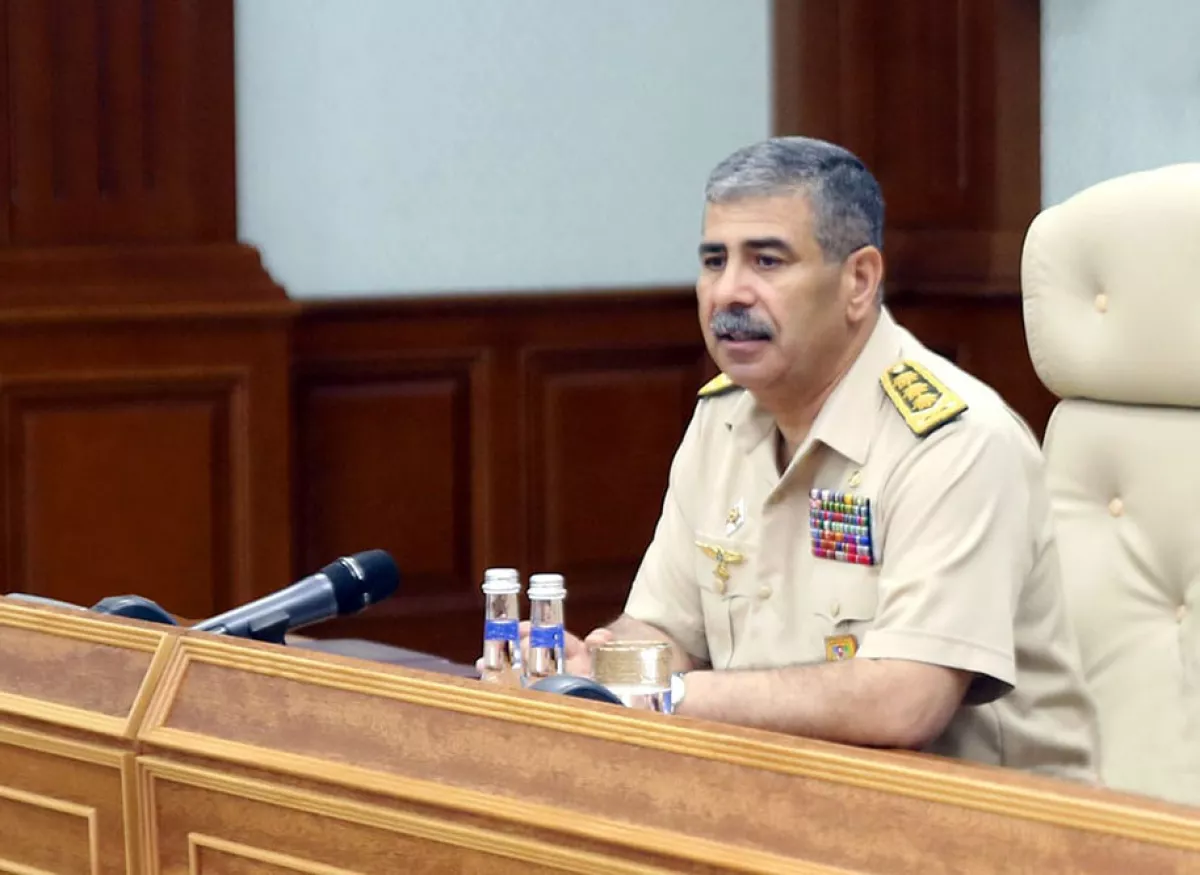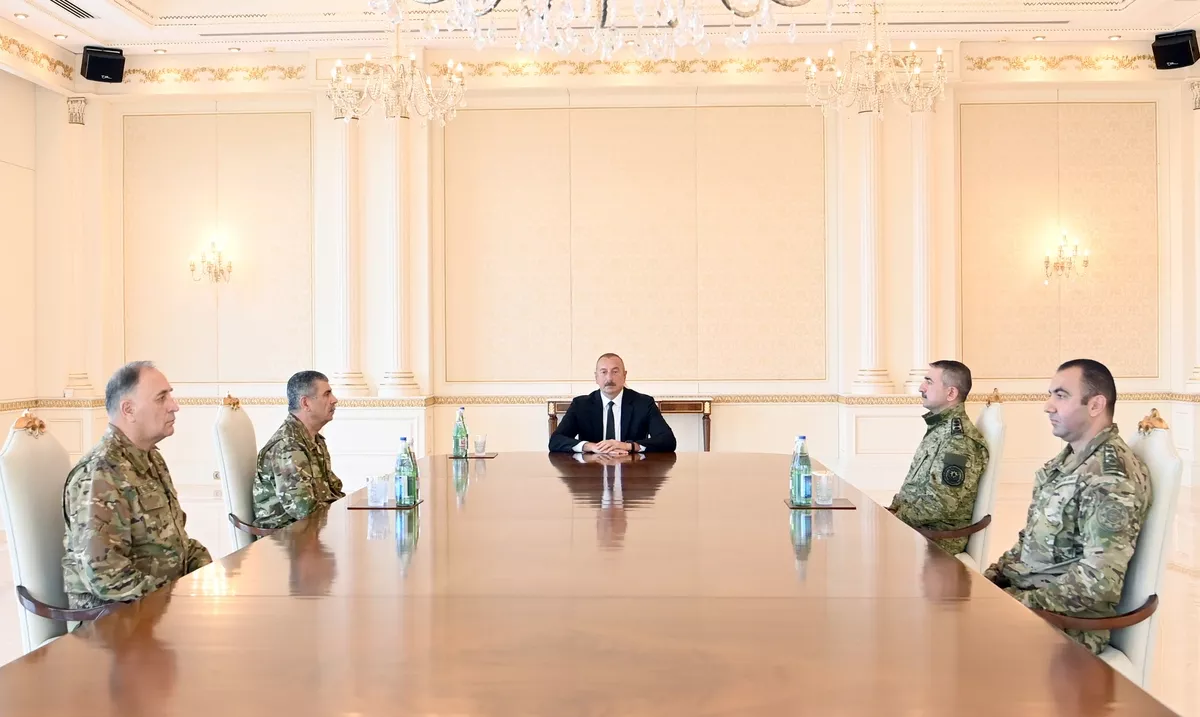September 2022 clashes: How Azerbaijan held Armenia accountable Chronicle of the recent past
Today marks three years since the start of the September 2022 clashes, which were provoked by Armenian militarism. The Azerbaijani army was compelled to conduct a military operation, during which the Armed Forces seized strategic positions along the conditional border with Armenia. Looking back at the operational situation leading up to the clashes, it becomes clear that they were inevitable.
From August 2022, the Armenian Armed Forces began to intensively shell Azerbaijani positions in various directions. Overall, in August–September, Armenian provocations against the Lachin, Gadabay, Dashkasan, and Kalbajar districts became increasingly intense and systematic. At the same time, Armenia amassed personnel, offensive weapons, and heavy artillery along the borders with Azerbaijan. These facts indicated that Armenia was preparing for a large-scale military provocation.
By September, reports from the Azerbaijani Ministry of Defence increasingly resembled a wartime situation – with shelling from the Armenian Armed Forces almost every day.
On September 10, a service meeting was held at the Central Command Post under the leadership of Minister of Defence, Colonel-General Zakir Hasanov. The meeting was attended by the Deputy Ministers, commanders of the branches of the armed forces, and chiefs of the main directorates, departments, and services of the Ministry. Via video link, commanders of military formations and units stationed in the liberated territories were also involved in the work of the meeting.
A thorough analysis of the operational situation and the current conditions along the Azerbaijani–Armenian state border and in the area of temporary deployment of the Russian peacekeeping contingent was conducted. Highlighting the tension that could arise from the recent intensified shelling of the Azerbaijani army’s positions in the Kalbajar and Lachin directions by the Armenian Armed Forces, the Minister of Defence ordered readiness for the immediate and decisive suppression of any provocations.

During the night of September 12, units of the Armenian Armed Forces carried out the largest-scale provocation in recent years along the Dashkasan, Kalbajar, and Lachin directions of the Azerbaijani–Armenian conditional border. This was the first major escalation since Azerbaijan’s victory in the 44-day war. Enemy sabotage groups mined areas between Azerbaijani army positions and supply routes in various directions. Several of the Azerbaijani army’s positions, shelters, and strongpoints in these districts came under intensive fire from various weapons, including mortars.
On September 13, the President of Azerbaijan and Supreme Commander of the Armed Forces, Ilham Aliyev, held an operational meeting with the senior leadership of the Azerbaijani Armed Forces in connection with the provocations carried out by Armenia along the Armenian–Azerbaijani border. At the meeting, relevant reports were presented, noting the prevention of provocations by the Armenian Armed Forces, the fulfilment of all assigned tasks and orders. It was emphasised that the responsibility for the heightened tension rests entirely with the political leadership of Armenia, and that Baku is fully determined to hold Yerevan accountable—which it did.

To prevent provocations by the Armenian Armed Forces, military threats to its territory and sovereignty, and to ensure the safety of its servicemen, decisive countermeasures were undertaken by the Azerbaijani army units deployed in this direction. Armenian fire positions were suppressed, and the escalation of the conflict was prevented.
During the September 2022 clashes, the Armenian side suffered significant losses. According to Armenian officials, the enemy lost 224 servicemen, with three more reported missing. Over 300 Armenian soldiers were wounded. In March 2023, Armenian media reported that Azerbaijan returned the bodies of 225 Armenian servicemen killed during the September 2022 clashes.
Overall, Azerbaijani forces took control of 53 combat positions, 2 mortar firing positions, and 8 strategically important heights. The permanent deployment point of an Armenian motorised rifle brigade, as well as the launch positions of two S-300 and two S-125 surface-to-air missile systems, were destroyed.
Unfortunately, there were also losses on Azerbaijan’s side. In total, 80 servicemen of the Azerbaijani Armed Forces were killed while preventing the large-scale provocation.
Nevertheless, the successful and coordinated countermeasures taken by the Azerbaijani Armed Forces across multiple directions, in difficult mountainous terrain, became a symbol of courage and determination. Only one year remained until the full restoration of territorial integrity and sovereignty…








